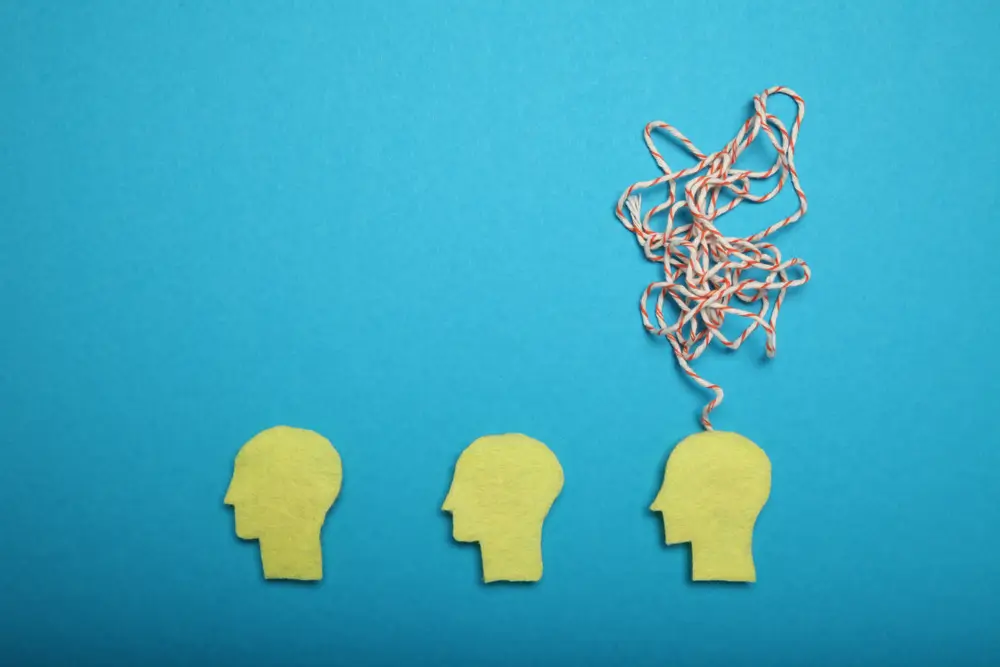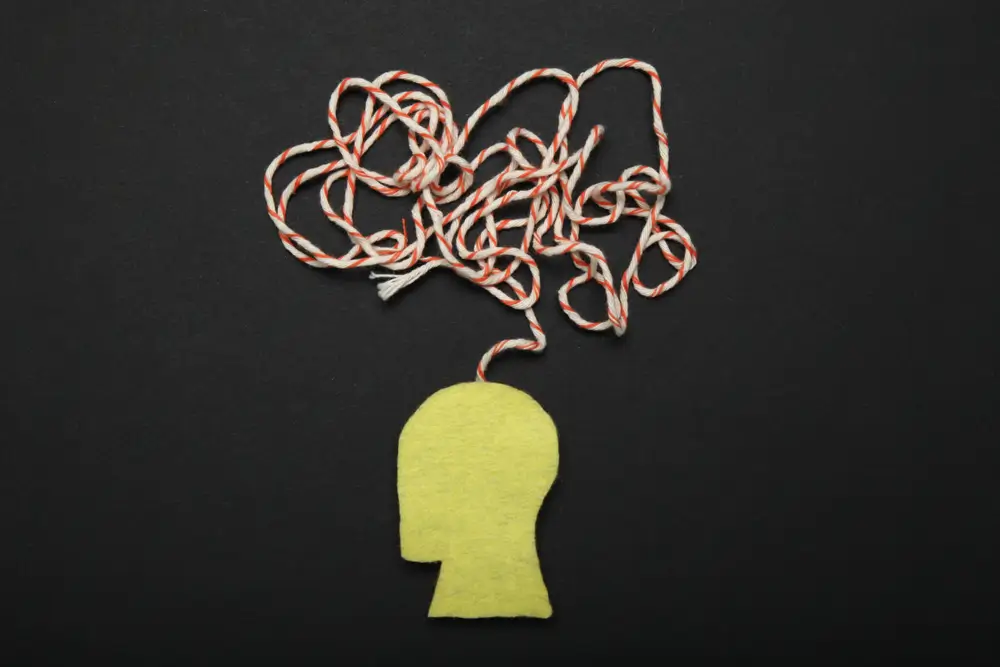By Bit Blair
When people think about TypeWell, they usually think of real-time transcription services for people who are deaf or hard of hearing. And indeed, a majority of live captioning users identify as deaf, hard of hearing, or otherwise disabled (ATSP survey, 2014). But TypeWell is also used by people with a variety of learning, attention, and sensory differences, such as ADHD.
Research on live transcription is somewhat limited, but there’s a lot more data about video captions. Those findings can help explain why on-screen text—whether captions or TypeWell transcripts—can make it easier for some people to stay focused and retain information.
How do video captions benefit people with ADHD?
Many people with ADHD have noticed that video captions support their attention and engagement when watching videos. But what does the research say about this connection? And are captions equally helpful for everyone?
In one small 2012 study, participants were randomly assigned to watch videos with or without captions and then tested for recall. Those who scored higher on a measure of ADHD traits retained more information when captions were available. Meanwhile, participants with fewer ADHD traits sometimes retained less information when captions were present, possibly because of “information overload” (Lewis & Brown, 2012).
More recently, a 2025 study interviewed people who self-identified as having ADHD. Participants reported that video captions helped them stay engaged with videos, supported focus, and made it easier to reorient if their attention shifted (ACM, 2025).

These studies were small and relied on self-reported data, but the findings point toward an intriguing connection between caption use and attention. Today, most colleges require that course videos be captioned as part of accessibility compliance. Many instructors also recognize that captions can support attention and comprehension for a wide range of learners (Carleton University, 2022).
How can TypeWell benefit people with ADHD?
It’s important to be careful when applying research about video captions to TypeWell’s live transcription services. The two share similarities, but there are also key differences.
Whereas video captions are typically verbatim, TypeWell’s live transcription is meaning-for-meaning and happens in real time. The text a reader sees is condensed for clarity, omitting filler and repetition while preserving meaning. This live transcript is transmitted with a slight delay, and a full transcript of the meeting or lecture is usually provided afterward.
So while the experiences of video captions and live transcription aren’t identical, TypeWell’s meaning-for-meaning approach addresses many of the same needs mentioned by the subjects from the second study:
- Providing multiple channels of engagement to support sustained attention.
- Giving readers a way to re-engage with the material if their attention shifts.
- Offering a complete transcript for review and study afterward.
Why transcription work may suit people with ADHD
We’ve talked about how TypeWell can support focus and retention for readers. But what about the people on the other side of the screen? Could transcription work itself be a good fit for people who think and focus differently?

People with ADHD often excel when their environment allows them to use their natural strengths. In a 2024 study of adults formally diagnosed with ADHD, participants described themselves as curious, innovative, empathetic, and resilient. They also cited strengths such as quick thinking, connecting ideas, humor, and hyperfocus—qualities that can thrive in fast-paced, intellectually varied work (Emerald, 2024).
Transcription work involves short periods of deep concentration during 60–90 minute lectures, followed by natural breaks between sessions. Whether remote or on-site, it offers flexibility, intellectual variety, and a sense of purpose. For many people with ADHD, that blend of structure, stimulation, and autonomy can make live transcription a uniquely satisfying and sustainable career.
In both classroom and workplace settings, transcription can offer meaningful support for people who process information in different ways. Whether it’s a student using real-time transcripts to stay engaged and retain information, or a transcriber finding focus and flow in the rhythm of the work, TypeWell illustrates how inclusive communication tools can serve a wide range of thinkers—not only those who are deaf or hard of hearing.
About the Author
Bit Blair has been a TypeWell transcriber since 2013. She enjoys how the job combines short periods of deep focus with adaptability and quick problem-solving throughout the day.


